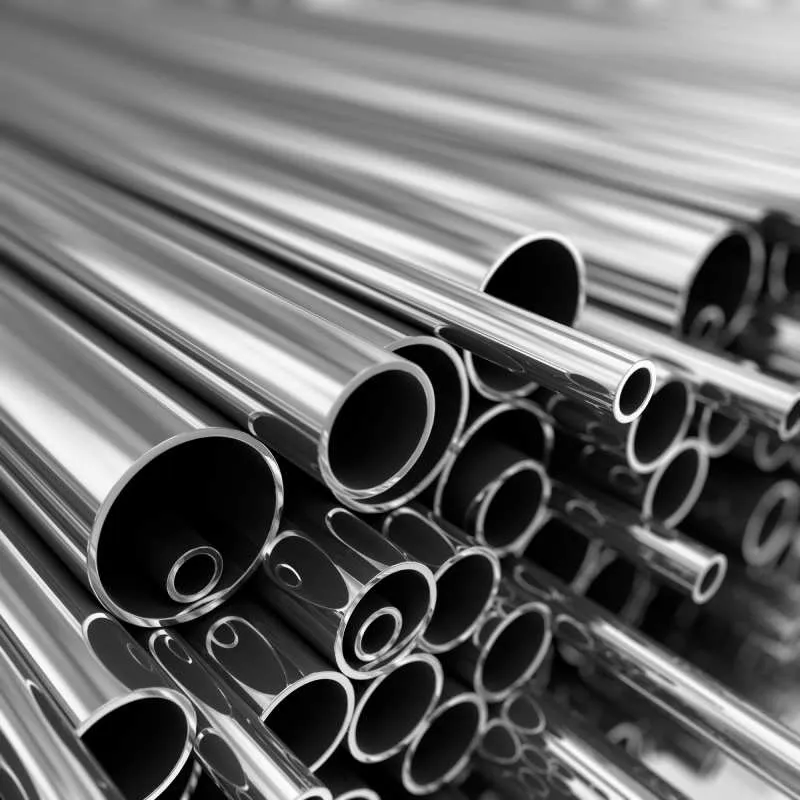-
Cangzhou Yulong Steel Co., Ltd.
-
Phone:
+86 13303177267 -
Email:
admin@ylsteelfittings.com
- English
- Arabic
- Italian
- Spanish
- Portuguese
- German
- kazakh
- Persian
- Greek
- French
- Russian
- Polish
- Thai
- Indonesian
- Vietnamese
- Zulu
- Korean
- Uzbek
- Hindi
- Serbian
- Malay
- Ukrainian
- Gujarati
- Haitian Creole
- hausa
- hawaiian
- Hebrew
- Miao
- Hungarian
- Icelandic
- igbo
- irish
- Japanese
- Javanese
- Kannada
- Khmer
- Rwandese
- Afrikaans
- Albanian
- Amharic
- Armenian
- Azerbaijani
- Basque
- Belarusian
- Bengali
- Bosnian
- Bulgarian
- Catalan
- Cebuano
- China
- China (Taiwan)
- Corsican
- Croatian
- Czech
- Danish
- Esperanto
- Estonian
- Finnish
- Frisian
- Galician
- Georgian
- Kurdish
- Kyrgyz
- Lao
- Latin
- Latvian
- Lithuanian
- Luxembourgish
- Macedonian
- Malgashi
- Malayalam
- Maltese
- Maori
- Marathi
- Mongolian
- Myanmar
- Nepali
- Norwegian
- Norwegian
- Occitan
- Pashto
- Dutch
- Punjabi
- Romanian
- Samoan
- Scottish Gaelic
- Sesotho
- Shona
- Sindhi
- Sinhala
- Slovak
- Slovenian
- Somali
- Sundanese
- Swahili
- Swedish
- Tagalog
- Tajik
- Tamil
- Tatar
- Telugu
- Turkish
- Turkmen
- Urdu
- Uighur
- Welsh
- Bantu
- Yiddish
- Yoruba

Dec . 24, 2024 11:16 Back to list
non concentric reducer
Understanding Non-Concentric Reducers in Mechanical Systems
In the world of mechanical engineering and piping design, the term non-concentric reducer might not be as widely recognized as some of its counterparts, yet it plays a crucial role in facilitating fluid flow and modifying pipeline diameters. This article aims to elucidate the concept of non-concentric reducers, their applications, advantages, and the considerations necessary for their effective use in various engineering systems.
What is a Non-Concentric Reducer?
A non-concentric reducer is a type of fitting used in piping systems that allows for a transition from a larger diameter pipe to a smaller diameter pipe, but unlike a concentric reducer, the axes of the two pipe segments are not aligned. Instead, the larger and smaller diameters are offset from one another, resulting in a design that can present unique benefits and challenges.
Non-concentric reducers are often employed in scenarios where space constraints dictate a specific alignment that cannot accommodate a concentric fitting. They are typically crafted from materials like stainless steel, PVC, or other durable substances to withstand the pressure and flow of various fluids.
Applications
Non-concentric reducers find utility in a myriad of applications across diverse industries
1. HVAC Systems In heating, ventilation, and air conditioning (HVAC) systems, non-concentric reducers can help connect ducts of varying sizes, allowing for optimal airflow and efficient temperature regulation.
2. Fluid Transport In chemical and petrochemical plants, these reducers can be employed to manage the flow of fluids through pipelines, ensuring effective transport while accommodating spatial limitations.
3. Automotive Engineering In vehicles, non-concentric reducers might be utilized in exhaust systems or air intake pathways, where engine design necessitates specific duct configurations.
4. Water Supply Systems Municipal water distribution systems often incorporate non-concentric reducers to facilitate connections that would otherwise be challenging due to geographical constraints or existing infrastructure.
Advantages of Non-Concentric Reducers
non concentric reducer

The use of non-concentric reducers carries several benefits
- Space Efficiency One of the primary advantages of non-concentric reducers is their ability to conserve space. By not requiring the centerlines of the pipes to be aligned, engineers can effectively design systems in tighter spaces.
- Fluid Dynamics In certain situations, non-concentric reducers can influence the flow profile positively. They can reduce turbulence and promote smoother transitions in flow, thereby enhancing the efficiency of the entire system.
- Design Flexibility The variety of sizes and shapes available in non-concentric reducers allows engineers to employ creative solutions tailored to specific project requirements. This adaptability makes them invaluable in custom projects.
Considerations and Challenges
While non-concentric reducers offer numerous advantages, certain challenges must be acknowledged to ensure efficient implementation
- Flow Resistance Non-concentric designs may introduce additional resistance to fluid flow. This can result in pressure drops that must be calculated and managed within the system design.
- Installation Complexity The unique geometry of non-concentric reducers may complicate installation. Proper alignment and support are necessary to avoid stress and potential failure points.
- Maintenance Accessing and maintaining systems that include non-concentric reducers can be more challenging than those using concentric fittings. Consideration for future maintenance access should be an integral part of the design process.
Conclusion
In summary, non-concentric reducers are vital components in the engineering toolkit, offering solutions where conventional fittings are impractical. Their applications across various industries underscore their significance in the design and implementation of effective piping systems. While they present some challenges, understanding their advantages and proper installation techniques allows engineers to harness their capabilities successfully. As technology continues to advance, the role of non-concentric reducers is likely to evolve, further solidifying their place in the engineering landscape.
Latest news
-
ANSI 150P SS304 SO FLANGE
NewsFeb.14,2025
-
ASTM A333GR6 STEEL PIPE
NewsJan.20,2025
-
ANSI B16.5 WELDING NECK FLANGE
NewsJan.15,2026
-
ANSI B16.5 SLIP-ON FLANGE
NewsApr.19,2024
-
SABS 1123 FLANGE
NewsJan.15,2025
-
DIN86044 PLATE FLANGE
NewsApr.19,2024
-
DIN2527 BLIND FLANGE
NewsApr.12,2024
-
JIS B2311 Butt-Welding Fittings LR/SR 45°/90° /180°Seamless/Weld
NewsApr.23,2024











